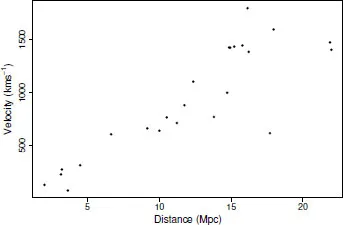
- 476 pages
- English
- ePUB (mobile friendly)
- Available on iOS & Android
About this book
The first edition of this book has established itself as one of the leading references on generalized additive models (GAMs), and the only book on the topic to be introductory in nature with a wealth of practical examples and software implementation. It is self-contained, providing the necessary background in linear models, linear mixed models, and generalized linear models (GLMs), before presenting a balanced treatment of the theory and applications of GAMs and related models.
The author bases his approach on a framework of penalized regression splines, and while firmly focused on the practical aspects of GAMs, discussions include fairly full explanations of the theory underlying the methods. Use of R software helps explain the theory and illustrates the practical application of the methodology. Each chapter contains an extensive set of exercises, with solutions in an appendix or in the book's R data package gamair, to enable use as a course text or for self-study.
Frequently asked questions
- Essential is ideal for learners and professionals who enjoy exploring a wide range of subjects. Access the Essential Library with 800,000+ trusted titles and best-sellers across business, personal growth, and the humanities. Includes unlimited reading time and Standard Read Aloud voice.
- Complete: Perfect for advanced learners and researchers needing full, unrestricted access. Unlock 1.4M+ books across hundreds of subjects, including academic and specialized titles. The Complete Plan also includes advanced features like Premium Read Aloud and Research Assistant.
Please note we cannot support devices running on iOS 13 and Android 7 or earlier. Learn more about using the app.
Information

Table of contents
- Cover
- Half Title
- Title Page
- Copyright Page
- Table of Contents
- Preface
- 1 Linear Models
- 2 Linear Mixed Models
- 3 Generalized Linear Models
- 4 Introducing GAMs
- 5 Smoothers
- 6 GAM theory
- 7 GAMs in Practice: mgcv
- A Maximum Likelihood Estimation
- B Some Matrix Algebra
- C Solutions to Exercises
- Bibliography
- Index